How to earn $3000 a month from Spotify by making ambient music
We talk to ambient artists about music streaming and their creative process...
Ambient is more popular than ever but it can be hard to make a living at it. Six professional ambient artists give advice on how you can do it too.
Ambient Music
The world is a stressful place. Since the pandemic a few years back, ambient music has become more popular than ever. Listening to a well-created ambient track can relax you, lower blood pressure and help you forget the hellscape outside your door.
There may be more need for ambient music than ever before but actually making a living by composing it remains an elusive thing. Streaming sites such as Spotify offer the most direct way to reach audiences but actually getting paid by Spotify can be difficult. Difficult – but not impossible. I spoke to six different artists from the ambient community to find out how they use Spotify and what other kinds of revenue streams they’re paddling in.
Interviews have been edited for clarity and brevity.
Michiru Aoyama
Japanese musician Michiru Aoyama has been getting a lot of press lately. He claims to earn $3000 a month from his music, the bulk of which comes from streaming on Spotify. His secret? He releases a new album every day!
Gearnews: For someone who wants to make money with ambient music by using streaming sites like Spotify, what is the most important thing to consider?
Michiru Aoyama: The most important thing is to write a song every day. There should be no sense of effort or obligation. Just follow your heart and make music.
“…I prefer to make music like taking snapshots.”
GN: Is song length important?
MA: In ambient music, songs often tend to be long. This is because it is a genre that immerses you in a sound world. However, I prefer to make music like taking snapshots. I prefer to express the small things that I notice and enjoy in my daily life.
GN: Is it important to release new music regularly? If so, how often?
MA: It is important to release (music) on a regular basis. Daily contact with your (audience) builds relationships. Releasing once a year inevitably creates a distance between you and your listeners. I want them to hear my music every day so that it blends in with the air.

GN: Are playlists important for making money?
MA: Most of my playback volume comes from there.
GN: How do you get onto playlists?
MA: The only thing I have done is to create (music) every day and deliver it wholeheartedly to the Spotify playlist editor.
The system of posting songs to the editor has changed since August 2023, I think. I used to post every day but now I have to wait several months before I can post. I am very disappointed.
GN: What gear do you use when you make ambient music?
MA: The equipment I use is based on musicians I respect, for example, Fennesz and Chihei Hatakeyama. My outboard gear is API 2500 and 8200a, Manley EQ, Neve Portico.
The audio interface is RME. As sound sources, I use PRS McCarty and Sequential Prophet-5. The DAW I use is Studio One. As for plug-ins, I often use Ozone, FabFilter, and Max/MSP.





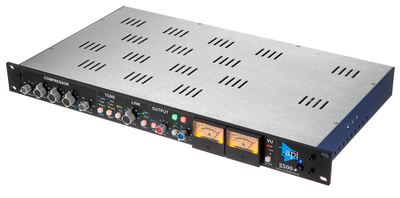


DF Tram
DF Tram is an ambient artist and DJ based in Zagreb, Croatia. He favours a sprawling sound heavy on sound design and has a forthcoming album on Alex Patterson’s Orbscure record label.
Gearnews: For someone who wants to make money with ambient music by using streaming sites like Spotify, what is the most important thing to consider?
DF Tram: It is difficult to make money on streaming sites like Spotify unless you have millions and millions of streams. It’s important to diversify and have multiple income streams – no pun intended. I feel that Spotify doesn’t pay artists fairly. My latest ambient release is going to be available exclusively on Bandcamp.
GN: Is song length important?
DF: I don’t think so unless you are aiming more toward the wellness/meditation crowd. I think people have gotten used to hearing ambient music because of its use in commercials and entertainment, so if you have an idea for a longer track, go for it.
“I release music quite often under different aliases…”
GN: Is it important to release new music regularly? If so, how often?
DF: I release music quite often under different aliases, more out of a drive to let feelings and emotions out. Releasing music is therapy for me and hopefully for others too. I think if you can release a couple albums a year, that is pretty good.
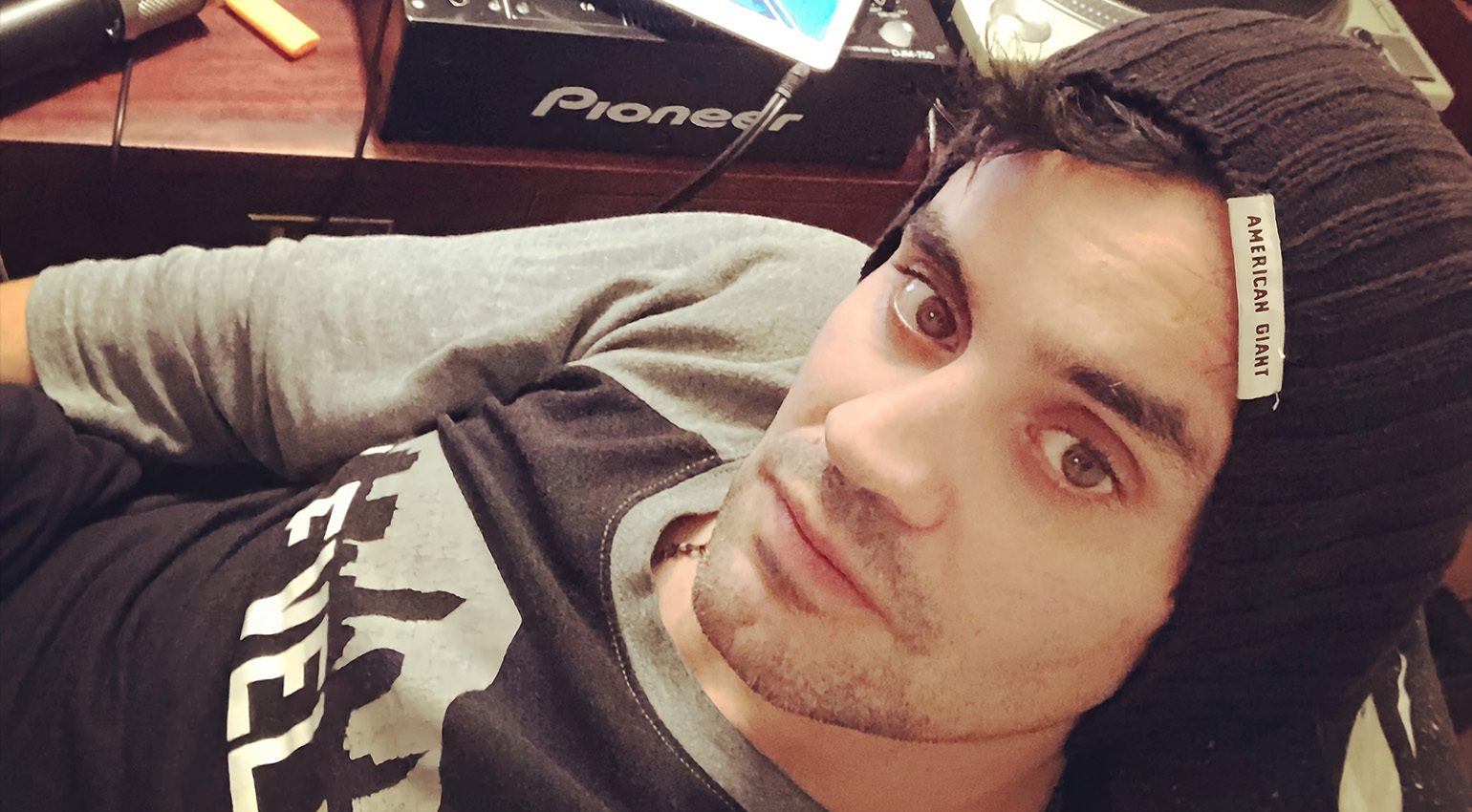
GN: Are playlists important for making money?
DF: If you are trying to make money on Spotify, it’s important to make it onto Spotify playlists. It’s one of the best ways to get discovered.
That said, most of the ambient artists I know aren’t getting millions of streams on there and don’t like the Spotify business model. I have not quite figured out how to get on these playlists.
GN: What gear do you use when you make ambient music?
DF: I use a combination of acoustic instruments, hardware, and software synths. Things such as singing bowls, melodicas, harmonicas, and microphones for field recordings can all find their way into my music.
I also have a few synths, with my favourite being the Moog Little Phatty. I use it a lot for trippy effects and bass sounds.






Hollie Kenniff
Hollie Kenniff is a rising star in the ambient firmament. Her music is highly melodic and song-focused, with a heavy dose of emotion and atmosphere.
Gearnews: For someone who wants to make money with ambient music by using streaming sites like Spotify, what is the most important thing to consider?
Hollie Kenniff: First off, I think a lot of it has to do with luck. Sometimes things will get playlisted and boost streams and sometimes they won’t and it’s difficult to know what will hit.
In general, it’s a carrot-on-the-stick scenario where chasing the algorithm is going to lead to a certain amount of frustration. The best thing I would advise is to try and be honest about what you’re trying to achieve.
“try to be honest about what you’re trying to achieve.”
GN: Is song length important?
HK: It depends. Generally speaking, the 2-4 minute mark is where I like to stay. I think anything under tends to limit the ability to develop ideas and pull someone in and anything over tends to overstay its welcome. In regard to the algorithm, something that won’t take up too much space in a playlist is preferable.
GN: Is it important to release new music regularly? If so, how often?
HK: Generally, yes. Nowadays it’s important to keep things fresh in the listeners’ minds. Algorithmically, I think that this is favourable as well. The more that’s released, the better chance of getting on playlists or popping up in someone’s new releases sections.

GN: Are playlists important for making money? If so, how do you get onto playlists?
HK: This, I’m afraid, is somewhat of an unanswerable question. There’s really no formula to get playlisted. Yes, playlists can be important for making money, they help boost streams and put one’s music in front of an audience.
The radio function, on Spotify for instance, or autoplay for recommended artists, is also an important function, where your music can get pushed. But there’s no magic answer to this.
“Everyone has an inner voice…”
GN: Do you have any other tips for making a go of it as a professional ambient musician?
HK: Set realistic goals. Ambient music is having a moment right now but this sort of thing ebbs and flows. Try and make your music special.
Everyone has an inner voice and trying to understand that and being willing to be vulnerable will help the human connection to make people want to join you on your journey.
GN: What gear do you use when you make ambient music?
HK: I use a lot of things inside the box, so largely manipulating textures in the DAW (Studio One). I use guitar loops/pedals a lot.
My pedalboard is pretty simple, just an Eventide Space Reverb, Fairfield Circuitry Shallow Water, a Ditto Looper pedal, and an expression pedal. My husband (Helios, Goldmund) and I have a Yamaha U3 upright piano, which gets a lot of use, and a Moog Grandmother.







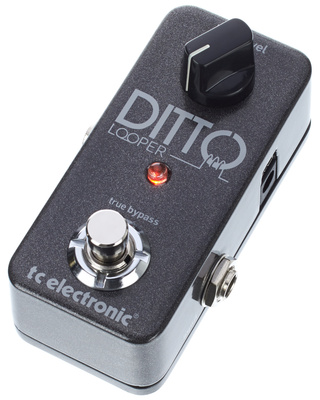

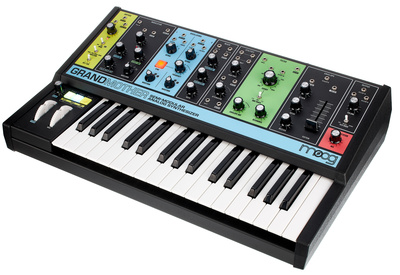
Ian Boddy
Ian Boddy is something of a legend in the ambient community, having ploughed his particular field of modular-heavy electronic music for decades now. He also runs the independent record label, DiN.
Gearnews: For someone who wants to make money with ambient music by using streaming sites like Spotify, what is the most important thing to consider?
Ian Boddy: In my opinion, any independent artist should have more than one iron in the fire. I have several musical income streams:
- The DiN label selling CDs/vinyl/digital. It’s a combination of Bandcamp plus several selected distributors. Income from streaming is only a small part of this.
- Library music. Over the years I have composed about 600 tracks which bring in a steady amount of income.
- Sound design. I have done many sample libraries over the years as well as patch banks for various soft synths. This income can be a mix of commissions and royalties.

GN: What gear do you use when you make ambient music?
IB: I’ve designed two Eurorack modules in conjunction with AJH Synth, the Triple Cross and Chance Delay. This was a new venture for me where I came up with the concept and panel layout and they did the electronics.
It is of course another revenue stream but they provide ways of working in modular that are important to me, namely multi-input cross fading with the Triple Cross and randomisation with the Chance Delay.




Aleksi Perälä
Aleksi Perälä is a true maverick. He’s also incredibly prolific, releasing long albums of ambient and electronic music roughly every two weeks.
Gearnews: For someone who wants to make money with ambient music by using streaming sites like Spotify, what is the most important thing to consider?
Aleksi Perälä: Spotify is not fair for artists.
GN: Is song length important?
AP: No.
GN: Is it important to release new music regularly? If so, how often?
AP: When it happens, it’s like magic.

GN: Are playlists important for making money?
AP: I don’t understand. Making money is not important.
GN: What gear do you use when you make ambient music?
AP: It doesn’t matter! May the auspicious happen.
Ambient Music: Diversify For Success
After hearing about Michiru Aoyama’s success with Spotify, I was really hoping that this might turn out to be a valid new way to generate income as an ambient musician. However, after speaking with all of the different artists here, I can only come to the conclusion that his is a unique case.

Kim Cascone, longtime ambient and experimental musician and label head of Silent Records (full disclosure: I record for Silent Records), told me: “You need a two-tiered approach. You need Spotify and streaming platforms and you need downloads like Bandcamp. And on top of that Spotify doesn’t pay out unless you break a thousand streams.”
Kim’s last point is especially important. As of this year (2024), Spotify is changing its payout policy, limiting payments only to those with more than 1000 streams.
One way to make sure that you get those 1000 streams is by getting onto playlists, as some artists have said. However, to achieve this you should make the music that you want to make, not the music that you think the algorithm wants.
“Having something to say rather than just writing pretty or relaxing music will go much further than simply getting playlisted,” advised Hollie. “You want to connect with people, not the algorithm.”
There’s no magic formula for getting rich with music these days. But then again, has there ever been?
More Information
- All about synthesizers
- All about effects
*Note: This article contains promotional links that help us fund our site. Don’t worry: the price for you always stays the same! If you buy something through these links, we will receive a small commission. Thank you for your support!
- Michiru Aoyama: Michiru Aoyama
- DF Tram: DF Tram
- Hollie Kenniff: Hollie Kenniff
- Ian Boddy: Ian Boddy
- Aleksi Perala: Aleksi Perala
- Kim Cascone: Kim Cascone
2 responses to “How to earn $3000 a month from Spotify by making ambient music”
 4,2 / 5,0 |
4,2 / 5,0 | 








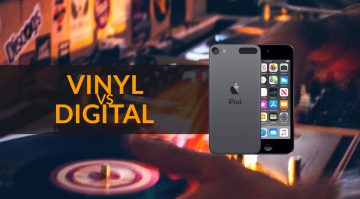

Today on “spotify in broken” episode 10930
Totally agree with Aleksi !